At Google I/O 2013, one of the biggest expected reveals was Android 4.3. While the exact specifics aren’t known, it’s rumored that updates to apps will be one of the centerpieces like Google Now (part of Google Search), Google Maps, and the unification of Google messaging services into one app.
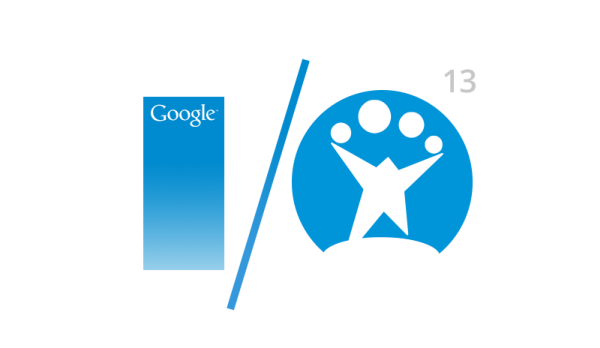
Android boss, Sundar Pichai, stated that this year’s Google I/O would feature a stronger focus on developer tools rather than physical hardware, and Google proved it at the keynote.
Android 4.3

Strangely enough, Google didn’t specifically announce anything new for the Android operating system during the 2013 keynote. They only referenced the OS when it came to first party apps that they updated. It’s actually good that Google didn’t announce a new 4.3 update because they spent the entire keynote announcing impressive updates to apps that haven’t been updated some time.
Google Play Music All Access
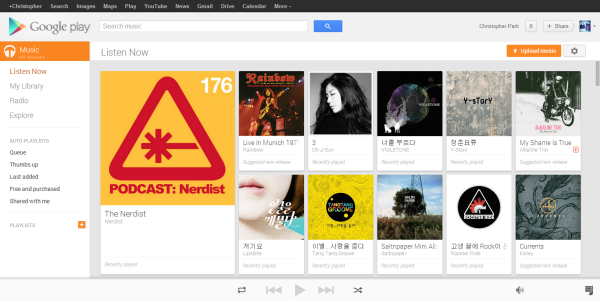
News broke yesterday about Google securing deals with Sony Music Entertainment and Universal Music Group to support content on YouTube and Google Play. As the company already signed Warner Music Group, Google Play Music now has a large library of musicians to pull tracks from. With a monthly price of $9.99, the ability to curate “radio” playlists by Google and your personal preferences, Google Play Music is getting a massive overhaul not just from a service perspective, but from the user interface with a cleaner and simpler interface. There are still some things to be worked out, but now your library contains your uploaded library and suggested artists based on your library.
Google Play Music All Access still has a lack of international artists because radio playlists cannot be created if Google doesn’t have enough information. The initial scan of your library will create playlists and you still have the ability to create local playlists.
Both the browser and Android version of the app are receiving updates today, featuring the new interface and support for All Access subscriptions. While it’s going to take some time to tell if All Access can compete with Spotify, Google’s entrance into steaming subscriptions looks solid.
Google Maps
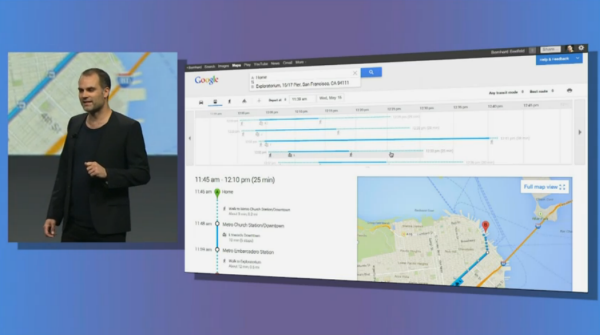
The update to Google Maps was revealed right before Google I/O, but the keynote really showed off all the improvements that they’re making. While they showed the majority of the updates in Chrome, a new update of Google Maps for Android and iOS will be released this summer.
Google Maps also includes Navigation in its mobile apps and Google was smart not to forget them. There will be improvements to directions, navigation, and the most importantly, dynamic rerouting for directions. Google Maps will also show “incidents” when searching for routes to help you minimize commute times. Finally, the app will also be getting a version optimized for tablets and a feature called “Explore,” which is used to search for points of interest.
Offers is also now integrated into Google Maps. While users could previously use Google Local, it wasn’t really built into Maps seamlessly. You can view offers and save them for use later, based on your location and searches. Google is taking a crowd-sourcing approach with Maps as well because you can upload Photospheres into your Maps. Maps will also include detailed transit planning in the browser instead of suggested routes.
There were a lot of improvements to Maps, making it simpler and more intuitive, while offering more information.
Google Messaging is integrated in Hangouts
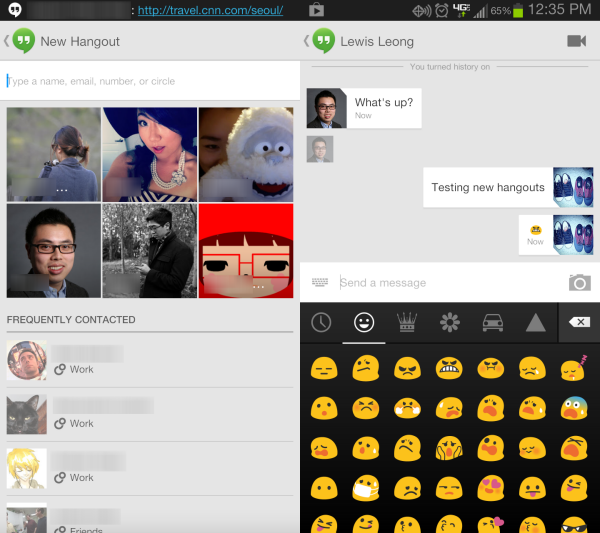
Shortly after the keynote, Google released the replacement for Google Talk called Hangouts. It combines Google Talk with Google+ so you can chat with your contacts across multiple devices. It supports photo sharing and if your contact isn’t using the mobile app, it uploads the photo to Google+ with a link. Like other third party messaging services, Hangouts now shows how much is read. This means that you are always aware if the person you’re talking with has read the entire message or not.
There are still some user interface issues like how Hangouts shows all of your contacts within the app across your phone, emails, and Google accounts. Some of your contacts may have multiple user names or accounts and Google Hangouts will show all of them, which makes it annoying to sort. There isn’t currently a way to hide contacts by account, which is something that needs to be included.
Chrome and Search
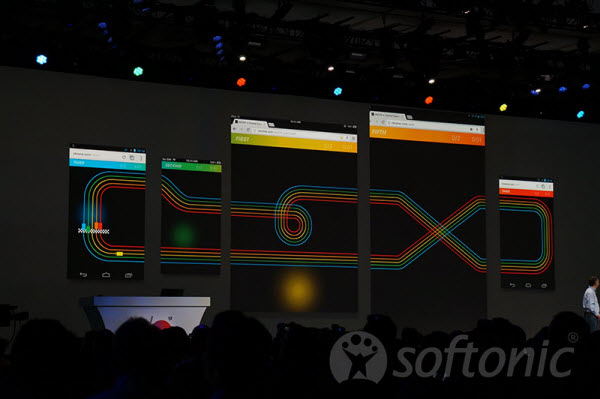
Google spent a lot of time with Chrome, focusing on both desktop and mobile. Updates to the Knowledge Graph include expanded language support for Polish, Turkish, Simplified Chinese, and Traditional Chinese. There is also support for voice search through Google by using a microphone and the phrase “OK Google” to start a search. The results will be spoken back to you.
The improvements to Search are also built into Google Now in the form of new cards. Along with the new cards, Google Now will also have reminders to tell you of important tasks. Search has taken prominence again within Google who spent last year focusing more on devices and Android.
Chrome is also working with new standards like VP9 for video, resulting in smaller file sizes and streaming requirements while retaining the same quality. Another format that Google is pushing is WebP for images. The file size is smaller than JPEG format and supports animated gifs.
Google also showed off multibrowser support for Chrome on mobile with a demo for a game called Racer. It used two tablets and three phones, all with Chrome for Android loaded. The game spanned across all the devices and five players were able to play simultaneously with one person per device.
There were so many announcements to Chrome that it’s difficult to gauge which is the most impressive, but it’s easy to see that Chrome will continue to be one of the most popular browsers.
Google is focusing on apps
Google I/O 2013’s keynote showed off a lot of impressive improvements and updates. Rather than focus on Android, Google focused on the core apps that users utilize on both desktop and mobile. This year felt like a transition year where developers improve usability of popular Google services before presenting an update to Android. The core Google experience is becoming much more refined with apps having better cross-platform interaction. It will interesting to see how Google accounts function when all the updates are rolled out.
Many of the improvements in Chrome can be imported into Chrome OS and this is probably the reason why Android and Chrome OS will not unify any time soon. Google released many updates to services and apps like Google Play Music and Hangouts, which users will be happy to use now. The updates to Maps and Chrome will be nice to have when they’re released this summer.

